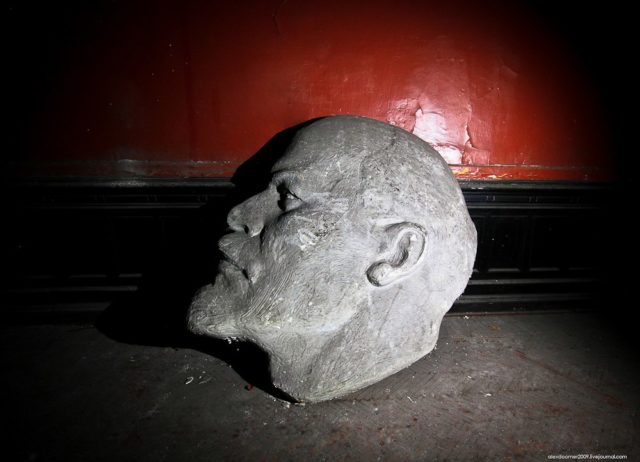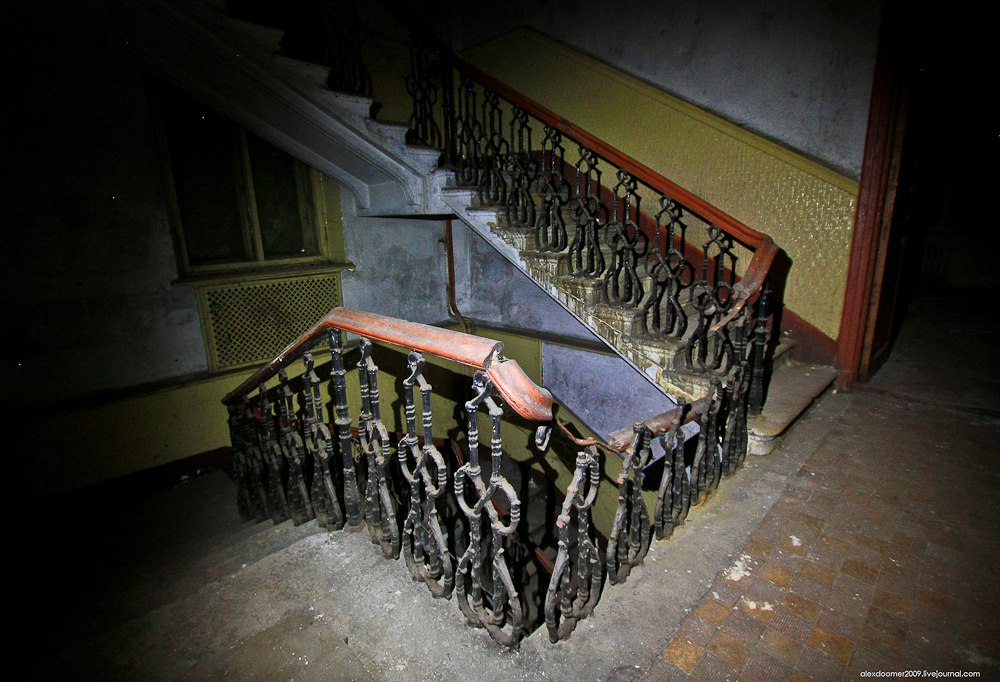The Swedish Nobel family is famous due to one particular family member: namely Alfred Nobel, who invented dynamite and created the Nobel Prize. One of Alfred’s brothers was named Ludvig.
In 1842, the whole family moved to live in St. Petersburg, Russia, when Ludvig was 11 years old. Ludvig used to work at his father’s engineering plant in St. Petersburg, which had been founded in 1842.
On October 1, 1862, at the age of 31, Ludwig founded his own enterprise in St. Petersburg and named it the Ludvig Nobel Mechanical Plant. The company was engaged in the production of cannons, gun carriages, underwater mines, and artillery shells.
Alfred and Ludvig were partners. The company even used some of Alfred’s inventions in its products.
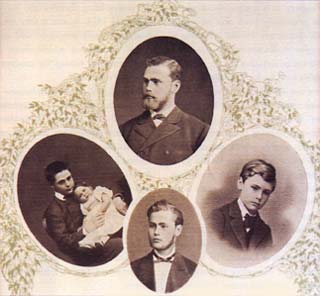
The first wife of Ludwig Nobel was Sofia Wilhelmina, who passed away while giving birth to their sixth child in 1868. Ludwig went on to take a second wife, Eda Konstantinovna.
With six sons and four daughters in need of a home, Ludvig engaged Swedish architect Kart Anderson to build a residence near the factory in St Petersburg.
In 1876, the mansion was built in the classicism style. Its purpose was not only to provide a family home to Ludvig but also to act as the main office for the plant. The mansion is a two-story yellow stone building with red architectural details in a style that looks a bit like an Italian Renaissance palazzo.
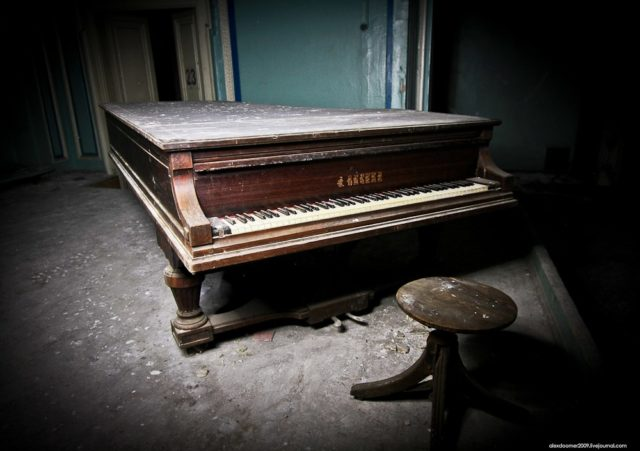
Few people know that Ludwig Nobel is credited as the founder of the oil industry in Russia after he realized that oil production could be a profitable business.
In the early 1880s, Ludwig, together with his brothers Robert and Alfred, created the Nobel Brotherhood Partnership oil company. It was engaged in the extraction, processing, and transportation of petroleum products. In a short time, this company gained substantial success in Russia and Europe.
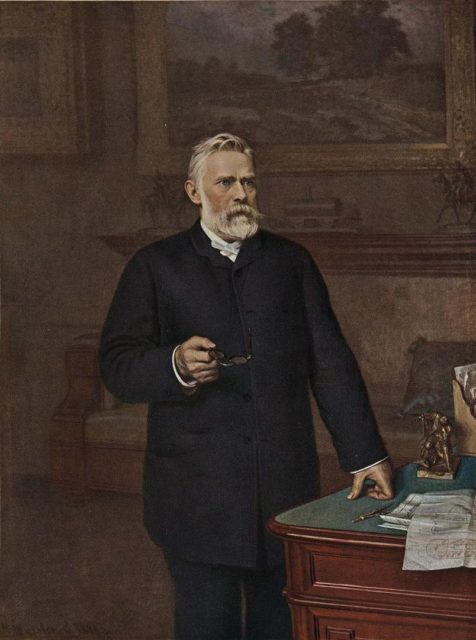
From the very beginning of the company until 1910, the board met in Ludvig’s family mansion in St. Petersburg. Nobel also used oil to heat and light the rooms. Various experiments for the production of petroleum products were carried out by Ludvig.
This marvelous house attracted various famous visitors. The traveler Adolf Nordenscheld stayed in the mansion in 1880, and in 1912, the writer Selma Lagerlef visited the house.
In March 1917, after the February Revolution, the Finnish Army General Karl Gustav Mannerheim went into hiding at the mansion. Emmanuel, Ludvig’s son, introduced him to the factory under the guise of a scientist since Mannerheim would have been executed if he was discovered.
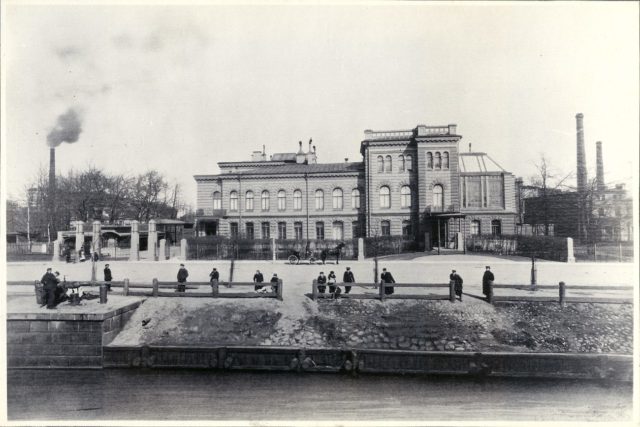
In 1888, Ludvig Nobel passed away and was buried in the Smolensk cemetery in St. Petersburg. The management of Ludvig’s business was taken over by his son, Emmanuel.
Hard times came to the Russian Empire, and many industrialists left Russia. After the revolution, the Nobel family was forced to leave Russia in 1918. The mechanical plant of Ludvig Nobel was nationalized and given the name Russian Diesel. The mansion building was converted into a factory office, a factory club with an assembly hall, and a library.
This mansion has managed to withstand both a civil war and World War II. However, the 1990s proved more challenging since, with the Perestroika, a new economic system emerged which made it difficult to maintain such a grand building as the former Nobel mansion. The plant filed for bankruptcy, and the mansion was abandoned.
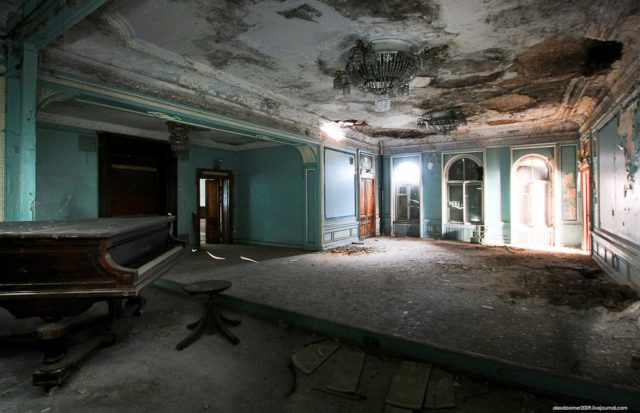
Currently, it is clear that the building is poorly preserved. The roof has fallen into disrepair, and the building has been disconnected from communications.
Strangely, there is almost no rubbish inside the building. What you can find inside includes a piano, a mirror, fireplaces, a grand staircase, and much more.
Near the fireplace in the hall, you can find everything you need to get a blaze going, and while some people have attempted this, it is now forbidden; the fireplace does not work well, and any attempt to light a fire results in a burning smell hanging around the rooms for a long time.
Since 2001, the abandoned Nobel mansion has been on the KGIOP list of newly discovered objects of historical, scientific, artistic, or other cultural value. It is also recognized as being an object of cultural heritage regional significance since it is included in the Unified State Register of Cultural Heritage Sites (historical and cultural monuments) of the peoples of the Russian Federation.
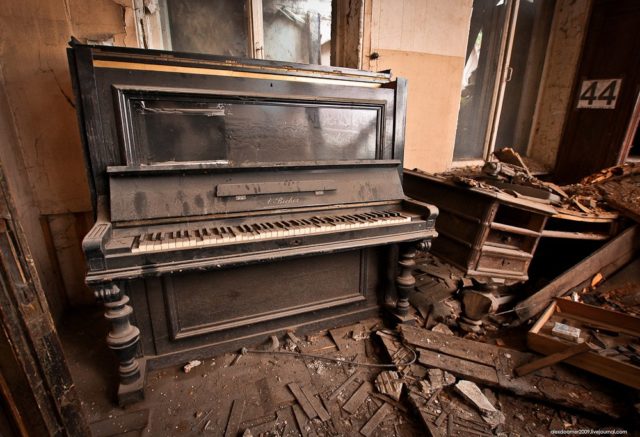
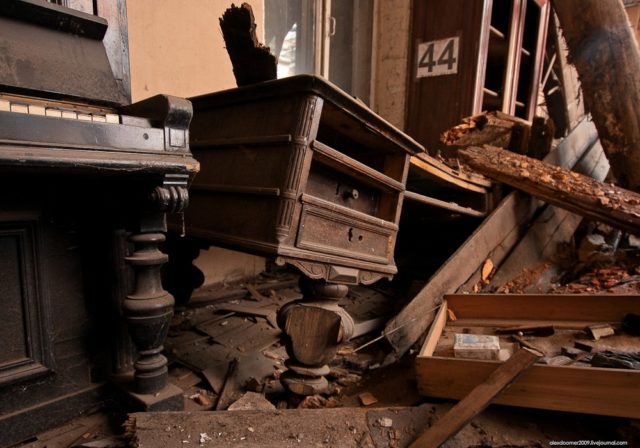
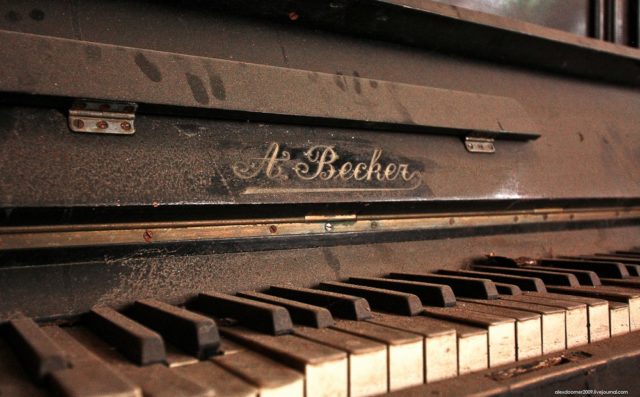
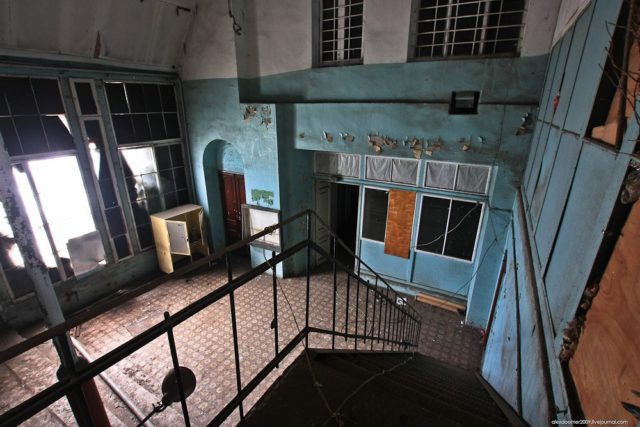
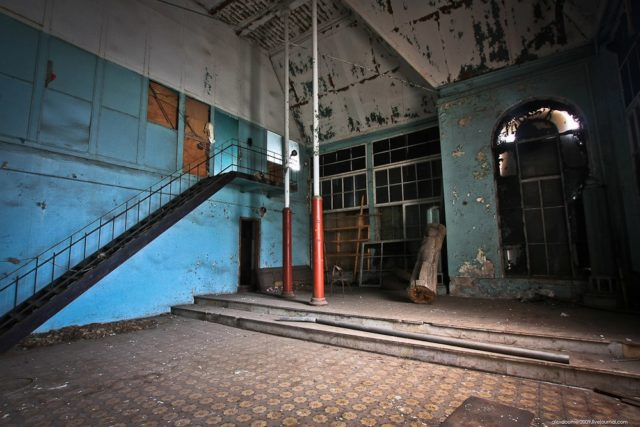
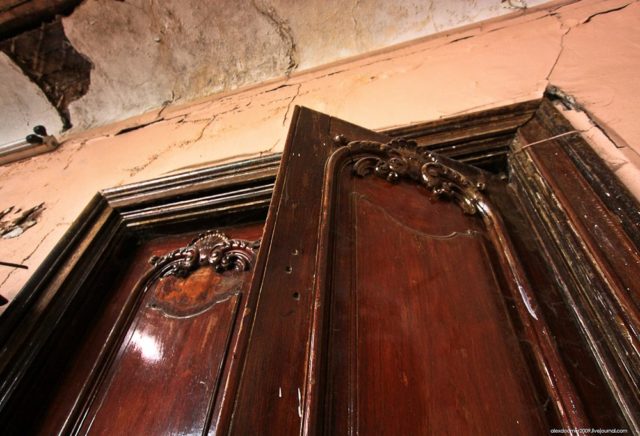
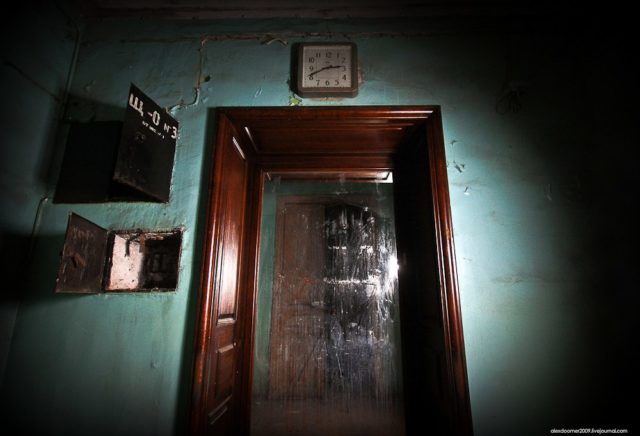
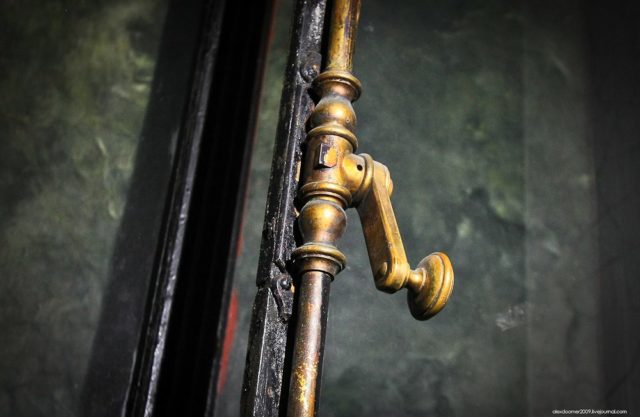
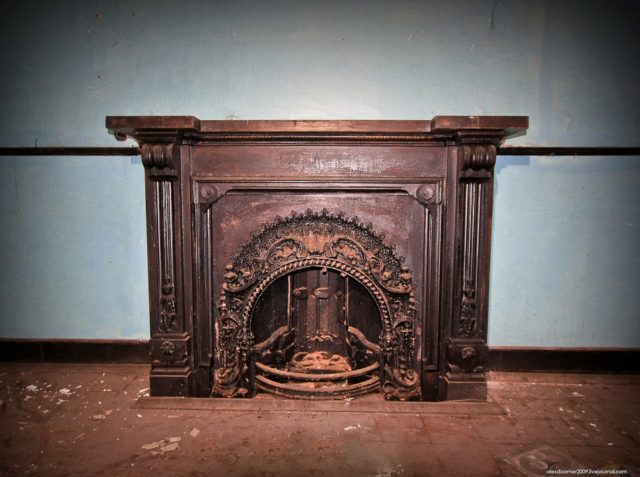
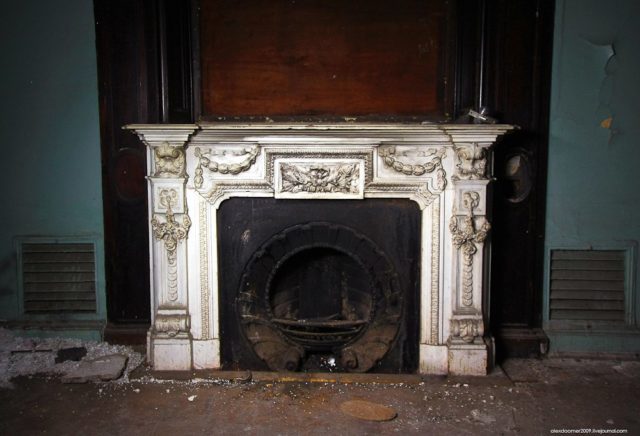
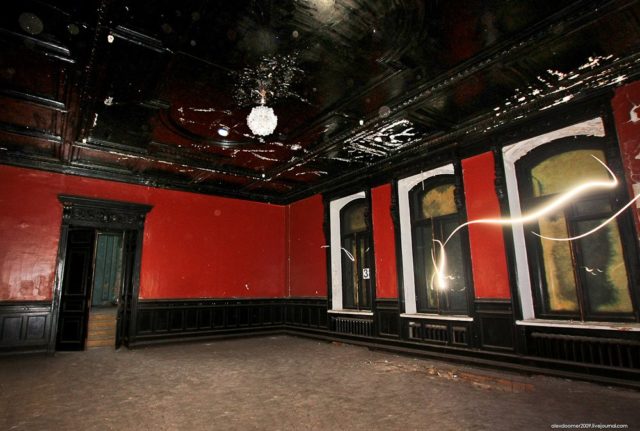
Another Article From Us: Abandoned Lake Shawnee Amusement Park
